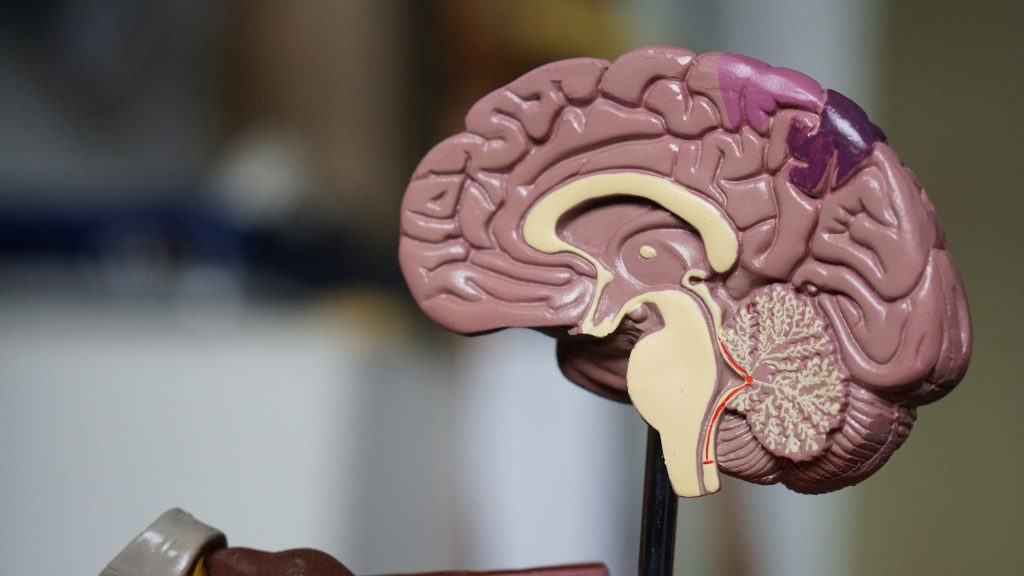Are you surprised when you notice that you remember the minute details of that morning you saw your crush for the first time coming into the classroom when you were in first grade or your first date with you current spouse, but can’t remember driving home from work yesterday?
Well, that is because our brains remember things selectively since they cannot retain every single thing they encounter. Just like computers, they have a limited amount of storage space, and saving and deleting memories is a costly process that requires many changes in the brain, which in turn demands a lot of energy and nutrients. So, our brains developed a clever trick to choose which memories to keep: if it is biologically relevant, I will keep it!
In this context, biologically relevant means it leads to survival and reproduction. Dopamine is a very interesting molecule mainly present in our brains and was discovered in the 1960s. Initially, researchers saw that it was released in the brain during rewarding events and thought it signaled how happy we are about a pleasing experience. A couple of decades later, researchers observed that it was also released during unpleasant events, and that it gets released in lower quantities when we know the reward is coming. This made researchers realize that the old understanding of dopamine’s role was too simplistic and that dopamine might be involved in learning.
The following technical paragraph describes the mechanisms behind how we remember things. While it might be less engaging, it is important to understand the rest, so bear with me, please.
The principal brain cells are called neurons and are interconnected through synapses. The efficiency of these connections can be modulated by neuronal activity, meaning they can increase or decrease their efficiency depending on what is happening around them. This is called synaptic plasticity. This phenomenon is the origin of how memories are saved in our brains and helps us study memory because we can measure it directly, relatively easily, and observe it develop over time. In contrast, memory itself must be measured through cleverly designed experiments that rely on behavioral proxies, which can be influenced by factors other than memory, making our measurements more prone to errors of interpretation. Fortunately, whatever favors synaptic plasticity favors memory and vice versa, which makes us confident that studying one means we are almost certainly studying the other as well.
In our recent research, we use an elegant technique called optogenetics. It allows us to activate or inhibit dopamine release whenever we want using lasers and genetic modification. Using this technique, we were able to show that if dopamine is released within a time window of 200 milliseconds (that’s a fifth of a second) after the neurons involved in sensory input are active, synaptic plasticity occurs in a region of the brain called the hippocampus, which is the main region involved in memory. Moreover, we showed that mice remember an arena they visited better if we add dopamine and do not remember it if we prevent dopamine release.
Therefore, we conclude that while dopamine is active when rewarding things happen, its role might be more than a happiness meter. It could be better seen as a teaching signal telling our brains what to remember.
PhD. Post-doctoral fellow at Université Libre de Bruxelles. Neuroscience researcher focused on the role of dopamine in memory and sleep.


